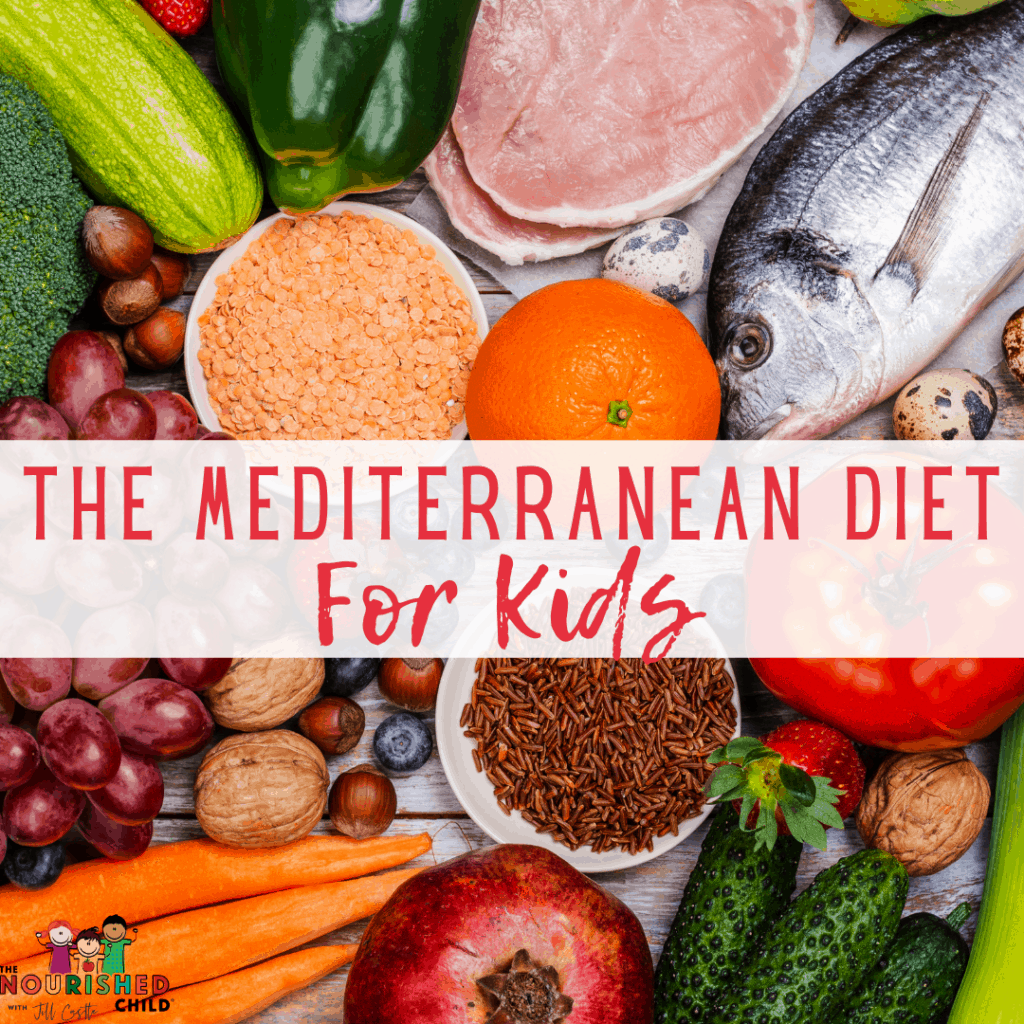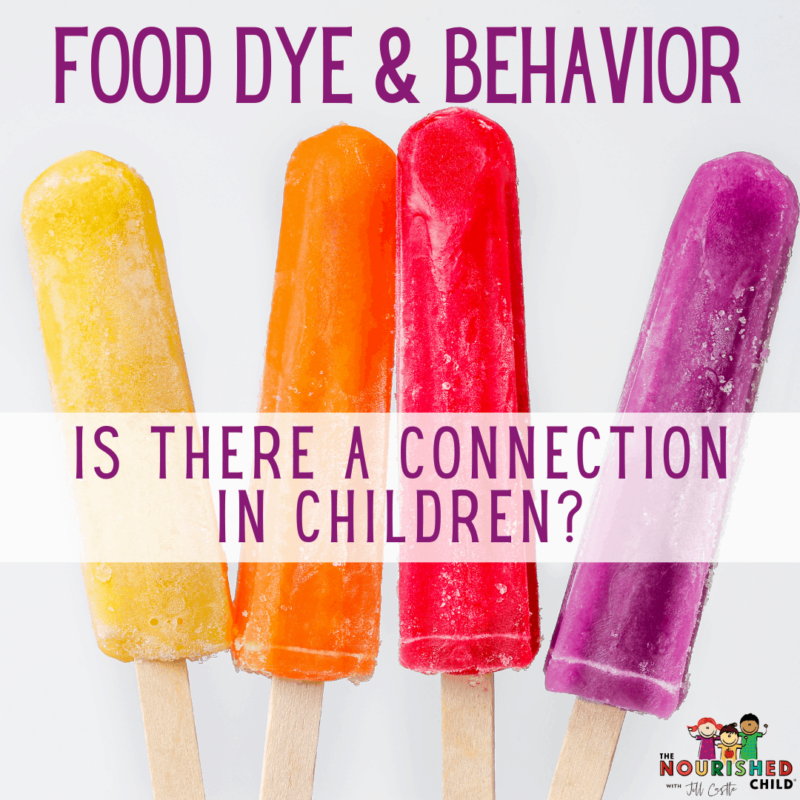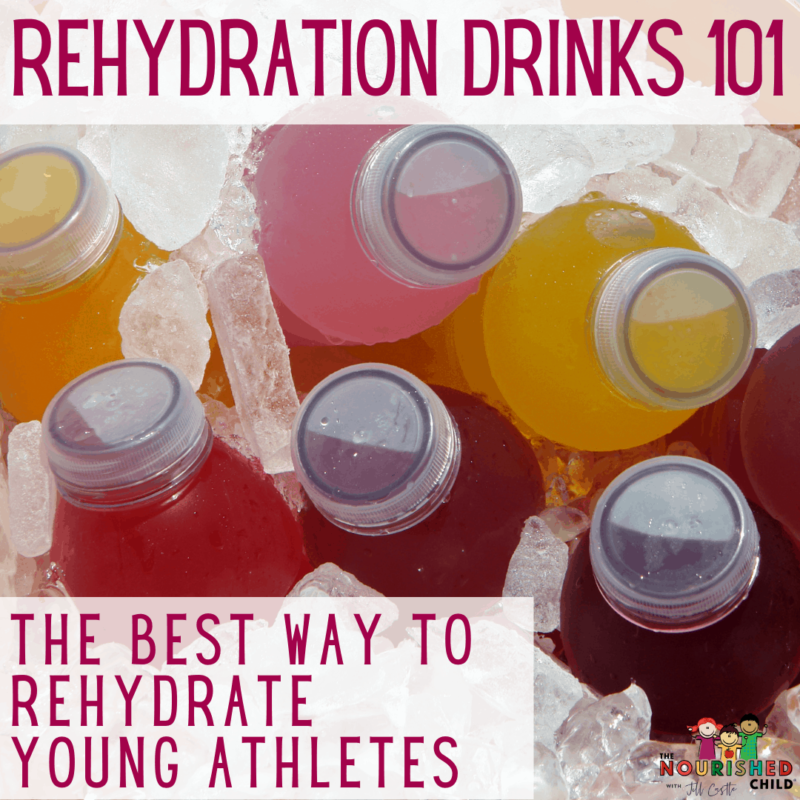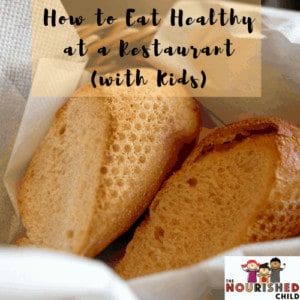The Mediterranean Diet (for Kids)
June 11, 2021
The Mediterranean Diet is a popular plant-based diet with proven health benefits. Learn how to use the Mediterranean Diet for kids.
Is the Mediterranean diet safe for kids?
Yes! The Mediterranean diet is not a weight-loss diet. It’s a traditional diet shared by countries that border the Mediterranean sea including France, Greece, Italy and Spain.
In 2021 the Mediterranean diet was ranked the #1 plant-based diet and the best heart-healthy diet that’s also easy to follow.
The Mediterranean Diet is a plant-based diet made up primarily of unprocessed, whole foods.
Countries that enjoy a traditional Mediterranean diet full of whole grains, fruits and vegetables, legumes, low-fat dairy and nuts have lower rates of heart disease and have a longer life expectancy.
You don’t have to eat a yogurt parfait with locally grown fruits at an outdoor cafe overlooking the Mediterranean sea to enjoy the Mediterranean diet and all its health benefits.
Don’t let the word “Mediterranean” stop you from introducing some of the healthiest foods on the planet to your children, right here in the US!
It’s easy to find foods that fit the Mediterranean approach, right here in America.
I’ll give you 7 tips for a Mediterranean diet for kids, pantry staples ideas, and a family favorite Mediterranean pasta recipe!

The Mediterranean Diet Pyramid
The Mediterranean Diet includes fruits, vegetables, beans, nuts, healthy grains, fish, olive oil, small amounts of dairy and red wine (for the adults, of course).
In 1993, Oldways partnered with the Harvard School of Public Health and the World Health Organization to create the Mediterranean Diet pyramid.
Both the USDA MyPlate model and the Mediterranean Diet pyramid emphasize fruits and vegetables.
The major difference is that the Mediterranean Diet focuses on physical activity and separates different protein foods.
Fish and low-fat dairy are the primary sources of protein and red meat makes up the smallest tip of the pyramid.
Notice that olive oil has a prominent role among fruits and vegetables!
From bouillabaisse and bruschetta to gazpacho and falafel, many international cuisines tout the powerful combinations and health benefits of the foods listed above.
7 Easy Tips for Mediterranean Diet Meals at Home
1. Eat plant foods every day.
This is old advice from me and it’s the basic advice for any healthy eating plan!
It means you’ll need to work in fruits, vegetables, whole-grain breads and grains, beans, nuts and seeds daily.
Related: 5 Types of Vegetables for Kids
Don’t worry, it’s easier than you think–the simple addition of a fruit or a vegetable to each meal and snack will get you there in a hurry.
In fact, serve your older infants and young toddlers a fruit and/or vegetable at each meal—get this habit started early!
Here are 10 Ways to Serve Vegetables and keep the variety up and your child’s interest engaged.
2. Choose seasonally fresh and minimally processed foods.
Now is the time to get started—it’s summer after all, and fresh produce will take over the farmer’s markets and grocery stores.
But don’t forget frozen produce—it’s perfect during winter or a quick and easy way to add vegetables to a meal!
3. Swap your fats.
Olive oil should be your #1 fat when eating the Mediterranean way.
If you don’t have olive oil in your pantry right now, you need to add it to your shopping list.
Not only can you cook with it, olive oil is great in salad dressings, drizzled over veggies, for dunking bread and tossing with pasta.
4. Eat fish—twice weekly.
Not only is fish part of the Mediterranean diet, it’s also recommended for children as they need the important essential fatty acids for brain and heart health.
Canned (tuna, salmon), frozen (shrimp, tilapia, scallops) and of course, fresh fish are great options.
Read: Tips on getting your child to eat (and love) fish.
5. Use fruit as a dessert!
Yes, make the shift and offer fruit with or at the end of a meal and only occasionally offer sweets and treats (Read: The 90-10 Rule for Sweets and Treats).
Most kids are thrilled to eat fresh fruit from a fancy dish or topped with low fat vanilla yogurt or real whipped cream.
6. Scale back on red meat.
While we know it’s a rich source of protein, iron and zinc for children, other foods (beans!) can supply these needed nutrients too.
This isn’t to say get rid of meat altogether.
The Mediterranean diet suggests red meat a few times a month.
For a hefty source of protein in your meals, add beans.
The word on the street is true—beans ARE a magical food!
7. Consume dairy products moderately.
Trade in high fat processed cheese and sweetened yogurts for plain Greek yogurt with fresh fruit, low-fat cheeses, and low fat milk.
For children’s growing bones, aim for 3 servings of dairy or non-dairy calcium-fortified substitute.
Mediterranean Diet Pantry Staples
Pantry Items to Always Have Available
- Extra virgin olive oil
- Olives
- Canned and dry beans
- Canned tomatoes
- Beans (legumes), lentils, and nuts
Fresh Foods to Keep Stocked
- Low-fat dairy
- Whole grain bread
- Whole grains (brown rice, whole wheat pasta)
- Fruits and vegetables
- Herbs for some Mediterranean flavors (thyme, rosemary, basil, mint)
Like me, I know many of you are trying to find quick and healthy family recipes.
Here’s a Mediterranean pasta dish I created on the fly one night using Mediterranean diet pantry staples.
It turned out well, so I hope you enjoy it too!
Artichoke, Caper, Olive & White Bean Pasta Recipe
- 1 sweet onion, chopped
- 2 Tablespoons olive oil
- 3 cloves garlic, minced
- 1 teaspoon dried red pepper flakes
- 1 (29 ounce) can of diced tomato
- 1 (15 ounce) can baby artichokes, drained
- 1 (3.5 ounce) jar of capers, drained
- 1 (14 ounce) can white beans, drained and rinsed
- 1 (9 ounce) jar of green olives, drained
- 1# linguine (or other pasta)
Directions:
- Chop the onion and sauté in olive oil until translucent.
- Add the garlic and red pepper, cook for 1 minute. Add the tomatoes, artichokes, capers and beans. Mix and simmer on low heat for 15-20 minutes.
- Cook pasta according to package directions, drain and add the pasta to the sauce (or keep it separate if your little ones prefer to add their own sauce).
- Top with grated Parmesan cheese.
The best part about the Mediterranean diet (besides the health benefits) is it’s made up of foods you can find at your local grocery store.
Add more of these ingredients to your pantry and experiment with family friendly Mediterranean meals.
Give the Mediterranean diet for kids a try!
What are your family’s favorite Mediterranean foods?











